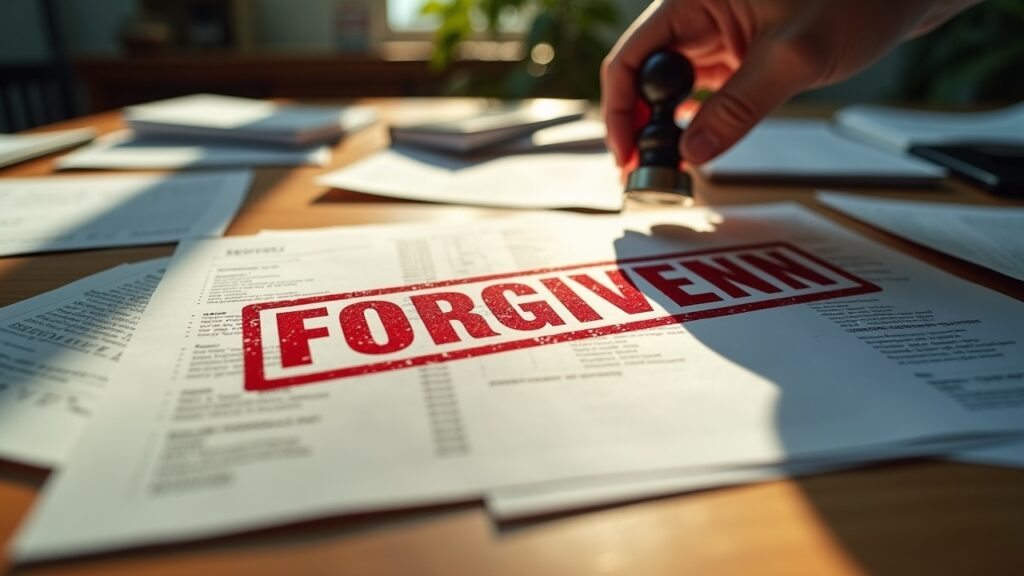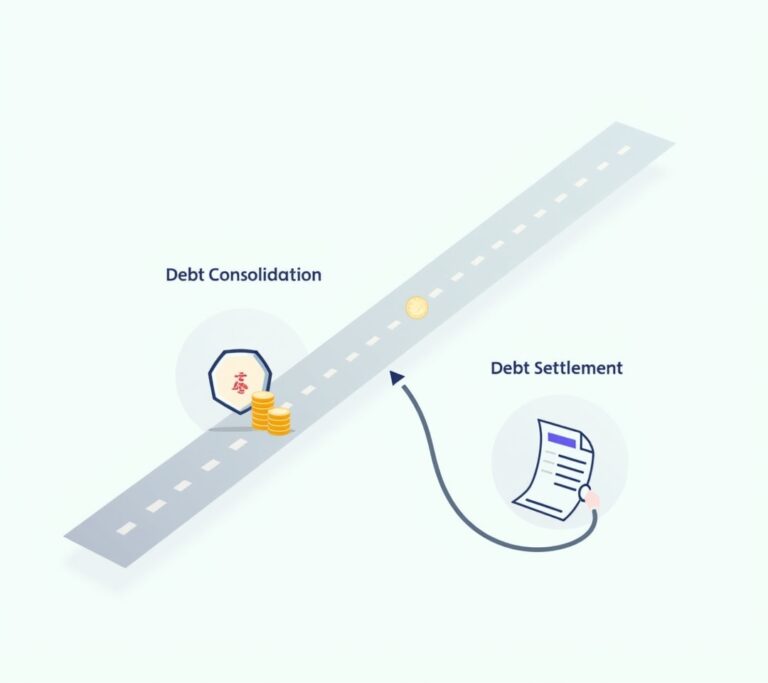Advertisements
Did you know that over 43 million Americans currently struggle with federal student loan debt? I used to be one of them, drowning in a sea of bills and collection notices. Let me tell you, discovering debt forgiveness programs literally saved my financial life!
Back in 2019, I was juggling $67,000 in student loans, credit card debt, and medical bills. The stress was eating me alive. That’s when I stumbled upon these programs that seemed too good to be true – spoiler alert: some were legit, some weren’t.
What Exactly Are Debt Forgiveness Programs?

Okay, so debt forgiveness programs are basically arrangements where part or all of your debt gets wiped clean. Sounds magical, right? Well, it’s not quite that simple.
These programs come in different flavors. You’ve got federal student loan forgiveness, credit card debt settlement, and even medical debt relief options. Each one has its own rules and hoops to jump through.
I remember thinking it was like winning the lottery when I first heard about them. Boy, was I naive! The reality is way more complicated, but still worth exploring if you’re drowning like I was.
The Student Loan Forgiveness Journey
My biggest burden was student loans from grad school. I discovered the Public Service Loan Forgiveness (PSLF) program since I worked at a nonprofit.
Here’s the catch though – you gotta make 120 qualifying payments while working full-time for an eligible employer. That’s 10 years, folks! I messed up my paperwork twice and had to restart my payment count. Talk about frustrating!
But here’s what I learned the hard way:
- Submit your Employment Certification Form annually (I waited 3 years and almost lost credit for payments)
- Stay on an income-driven repayment plan
- Document everything – seriously, keep copies of everything
- Check out Teacher Loan Forgiveness if you’re an educator
Credit Card Debt Settlement – The Good, Bad, and Ugly
Now, credit card debt forgiveness is a whole different beast. I tried working with a debt settlement company for my $15,000 in credit card debt. They basically negotiate with creditors to accept less than what you owe.
The process was rough. You stop paying your cards (scary!), save money in a separate account, then the company negotiates settlements. My credit score tanked from 720 to 540 – ouch!
Eventually, they settled my debt for about 40% of what I owed. But man, those collection calls were relentless. Plus, the forgiven amount was treated as taxable income, which was a surprise come tax season!
Medical Debt Relief Options That Actually Work
Medical debt was my third problem. After an emergency surgery in 2018, I owed $8,000 even with insurance. I discovered most hospitals have financial assistance programs – who knew?
I applied for charity care at my hospital and they forgave 75% of my bill! The process involved:
- Providing proof of income (tax returns, pay stubs)
- Writing a hardship letter explaining my situation
- Following up persistently (took 4 months of calls)
Also, check out RIP Medical Debt, a nonprofit that buys and forgives medical debt. They might already own yours!
Avoiding Debt Forgiveness Scams
Let me save you from my mistakes. I almost fell for a scam that promised to “eliminate all debt for $2,000 upfront.” Red flags everywhere!
Watch out for companies that:
- Demand large upfront fees
- Guarantee specific results
- Tell you to stop communicating with creditors
- Promise “new government programs” nobody’s heard of
Legit programs don’t charge huge fees upfront. The FTC website has great info on spotting scams.
The Real Impact on Your Financial Future

Here’s something nobody really talks about – debt forgiveness ain’t free. My credit took years to recover. Plus, that forgiven debt? The IRS wanted their cut.
But honestly? It was still worth it. I went from paying $1,200 monthly in minimum payments to having breathing room in my budget. Just be prepared for:
- Temporary credit score damage
- Potential tax consequences
- Emotional stress during the process
Your Next Steps Toward Financial Freedom
Look, debt forgiveness programs aren’t a magic wand, but they can be a lifeline when you’re drowning. Start by listing all your debts and researching which programs you might qualify for.
Contact your loan servicers directly first – don’t go through third parties unless necessary. And please, document every conversation and keep all paperwork. Trust me on this one!
Remember, everyone’s situation is different. What worked for me might not work exactly the same for you. But don’t give up! Financial freedom is possible, even when it seems hopeless.
If you found this helpful, The Clear Cents has tons more articles about managing debt, building credit, and achieving financial wellness. We’re all in this together, and sharing our stories makes the journey less lonely!



